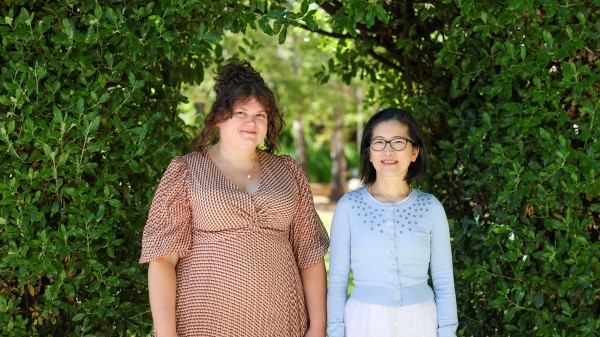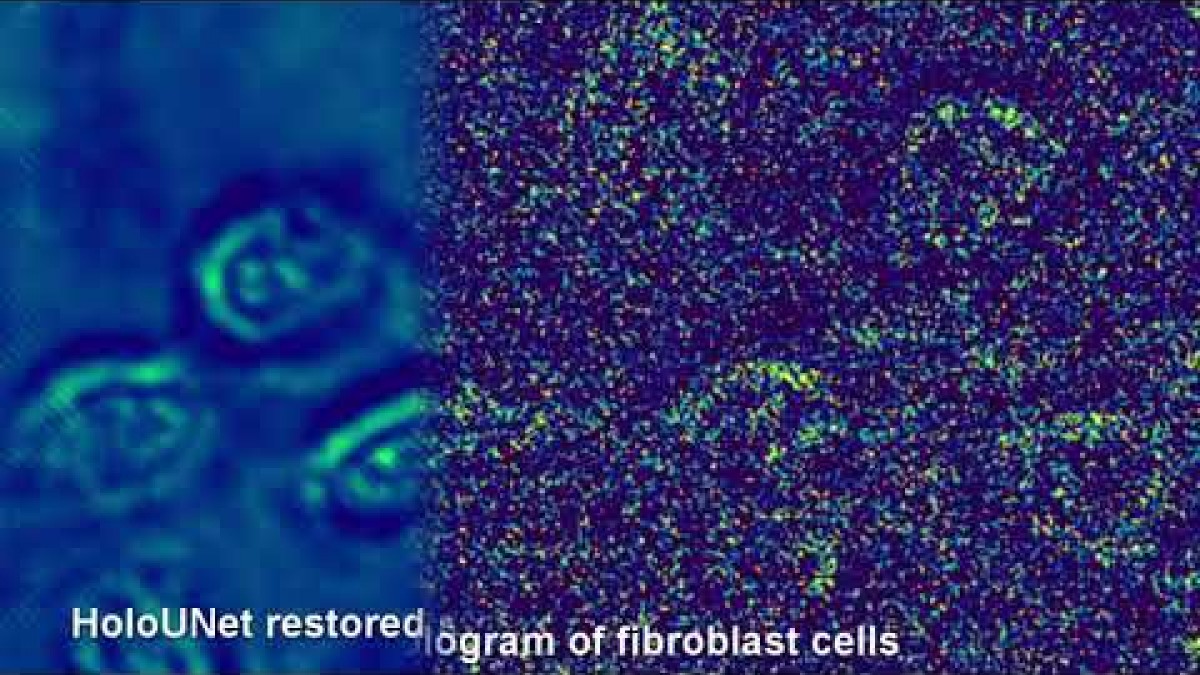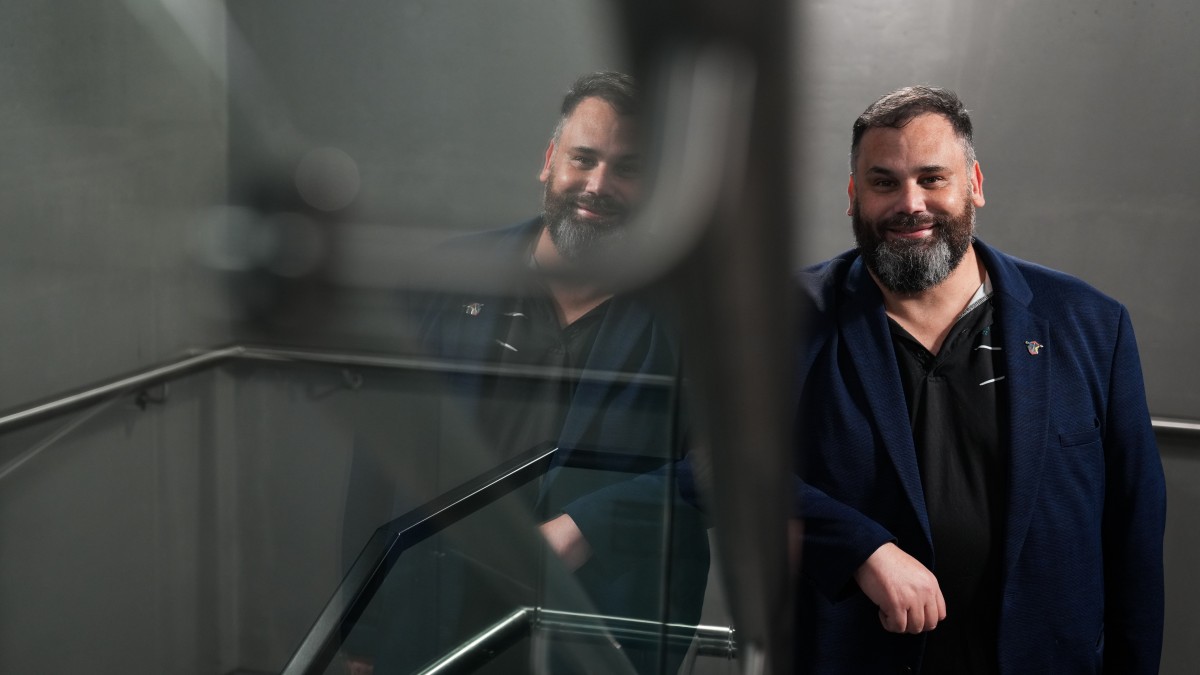Researchers at The Australian National University (ANU) have developed a new way to create an almost perfect hologram in near darkness.
Optical holograms are a clever way of producing a 3D image of an object. They have a number of uses - from protecting our ID cards from forgery, to real-time imaging of living cells.
The new breakthrough will allow holograms to perform these vital functions and more with a lot less light.
According to Dr Steve Lee, the quality of an optical hologram is often linked to the brightness of laser light.
"So we asked ourselves, how can we make an optical hologram in almost complete darkness?" Dr Lee said.
"Usually if you form an optical hologram using an extremely low light, the hologram will look very grainy," Dr Lee said.
"We call this graininess the "shot noise limit" - which also occurs when you close your eyes at night. The light speckles you see are actually where your eye is limited by shot noise."
The research team found a way around this problem using machine learning.
"We've shown that using very little light - almost pitch black at sub-millisecond imaging speeds - we can still restore a hologram to close to perfect condition."
Lead author of the study Mr Zhiduo Zhang describes it as "like restoring a grainy old photo".
"The details in the photo much like piece of historic artwork can be recovered by an expert," Mr Zhang said.
"Here, our expert is a machine - called the Holo-UNet. The machine masters the look of an ideal hologram through thousands of learning cycles. After training, we then show the machine a hologram with lots of missing optical information.
"Much like a master painter, the machine "remembers" how to digitally fill in those missing photons and so restore the hologram to near perfect conditions."
The results of the study could have important implications for biological imaging.
"Biological cells are very sensitive to light and can be easily damaged," Dr Lee said.
"Existing light microscopes make 3D images of cells using concentrated light -- which is not ideal. Our method can be used to track cells over long periods of time under almost complete darkness without worrying about light damage to the cells.
"We can now also record holograms of live cells in less than a hundredth of a second with very little light, and see events like cell division with much greater clarity."
The study was an interdisciplinary ANU collaboration between the Research School of Electrical, Energy and Materials Engineering and the Computational Media Lab from Research School of Computer Science, with input from the Imaging and Cytometry Facility at the John Curtin School of Medical Research.
The research has been published in the journal Biomedical Optics Express.










